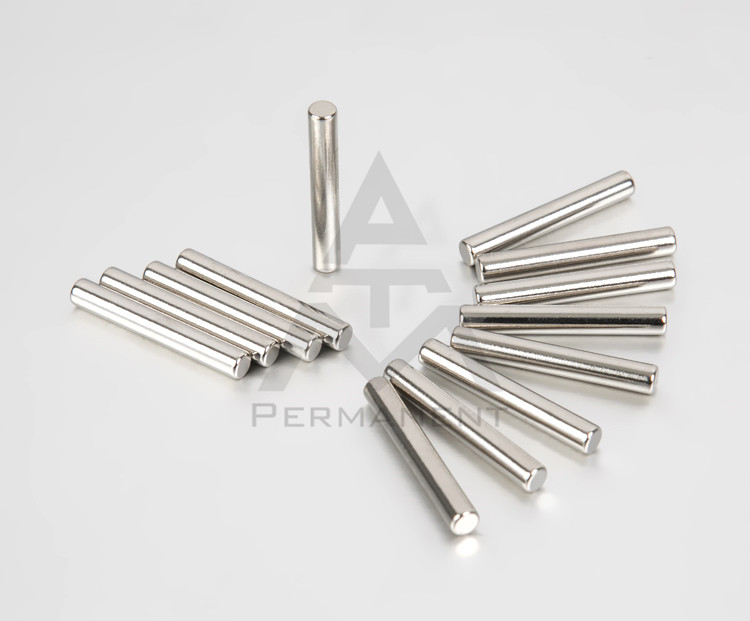contact information
+86-13116636617
+86-0574-87560803
wjb0410@163.com
In normal life, magnets are a very common thing. And th […]
In normal life, magnets are a very common thing. And thousands of years ago, working people in our country made one of the four inventions according to the characteristics of magnets. Even today, magnets are very useful. From all kinds of special electronic equipment to ordinary teaching aids and toys, you can often see the figure of the magnet. The picture below shows a horseshoe magnet. The block metal attracted to it is gadolinium (sound gá). This is an element that can be attracted to magnets like iron, cobalt, and nickel, and is currently widely used in the field of enhanced nuclear magnetic resonance imaging.
We know that the main component of the magnet is ferric oxide. An ordinary small magnet is made of black iron oxide. However, due to the nature of ferric oxide, his attraction to iron objects will not be too strong, and its magnetic properties will gradually weaken over time. In this case, how can we make a magnet that is more attractive and not suitable for decline? Under this premise, neodymium iron boron magnets came into being.
This kind of magnet with anti-corrosion treatment and shiny surface is neodymium iron boron magnet, and its chemical formula is Nd2Fe14B. The most commonly used NdFeB magnets are sintered at high temperatures from neodymium, iron, and boron. They are by far the most magnetic artificial magnets. If the core element of traditional ferric oxide is iron, then the reason why the neodymium iron boron magnet has such a strong magnetism is the role of the neodymium element. The following metals are neodymium:

Neodymium (pronounced nǚ) is the fourth element of the lanthanide family of rare earth elements. Like iron, cobalt, nickel, and the aforementioned gadolinium, it can also be attracted to the magnet itself. In addition, neodymium is more active in lanthanides, so it is easily oxidized like iron, which is why the surface of the neodymium iron boron magnet is coated. If neodymium is used to enhance magnetism, then the role of boron cannot be underestimated. This black thing is boron:
In the periodic table, boron is located on the left side of carbon, so boron chemistry similar to carbon-centered organic chemistry has recently appeared. In neodymium iron boron magnets, boron acts as a mediator for neodymium and iron. Boron, while ensuring its molecular structure is stable, greatly expands the maximum magnetism that a substance can produce, making the entire magnet's magnetic properties extremely high, even allowing him to suck up objects that are 640 times their own weight.
The performance of general magnetic materials can be expressed by its four parameters, namely the residual magnetic induction (abbreviated as residual magnetism) Br (unit Gauss Gs or mT, 1mT = 10Gs), coercive force Hcb (unit Oe Oe) , Intrinsic coercive force Hcj (unit Oster Oe), maximum magnetic energy product (BH) max (unit MGOe MGOe), of which Br, Hcj, (BH) max three parameters are the most direct expression.